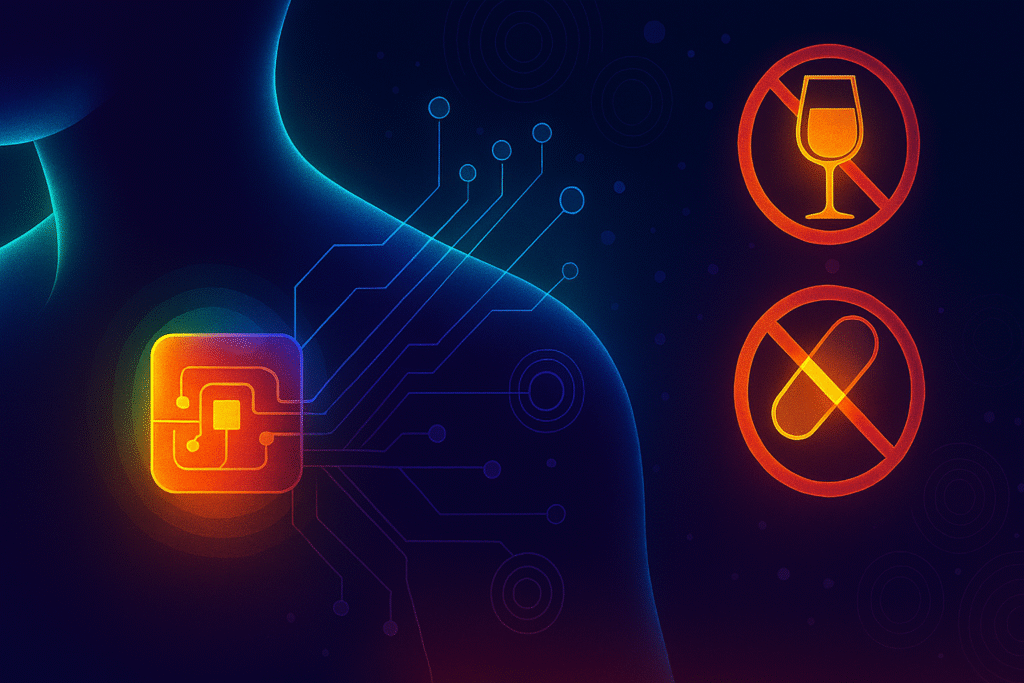Managing addiction often requires a combination of therapy, medication, and lifestyle changes. Scientists at Mass General Brigham have developed a wearable patch that could offer a new tool in this effort by reducing cravings for alcohol and drugs through gentle electrical stimulation. The patch is designed to be worn on the upper arm and delivers low-level pulses that influence brain activity linked to reward and impulse control.
In a recent clinical study, participants who wore the patch reported fewer cravings and a reduced desire to consume substances. The device works by targeting peripheral nerves that communicate with brain regions involved in addiction. By modulating these signals, the patch helps regulate dopamine release and other neurochemical responses that drive compulsive behavior.
The patch is noninvasive and discreet, making it suitable for daily use. It can be worn during normal activities and does not interfere with sleep or movement. Researchers believe it could complement existing treatments, offering a physical intervention that supports behavioral and pharmacological therapies.
One of the strengths of the device is its adaptability. The stimulation pattern can be adjusted based on individual needs, allowing for personalized treatment plans. Participants in the study used the patch for several weeks and showed consistent improvements in craving control, with no significant side effects.
The team is now working on expanding trials to include more diverse populations and longer-term use. They also plan to explore how the patch might help with other compulsive behaviors, such as binge eating or gambling. The goal is to create a flexible platform that supports mental health and addiction recovery in a variety of contexts.
Article from Mass General Brigham: New Study Shows Wearable Patch Reduces Alcohol and Drug Cravings and Substance Use
Abstract in JAMA Psychiatry: Heart Rate Variability Biofeedback for Substance Use Disorder

